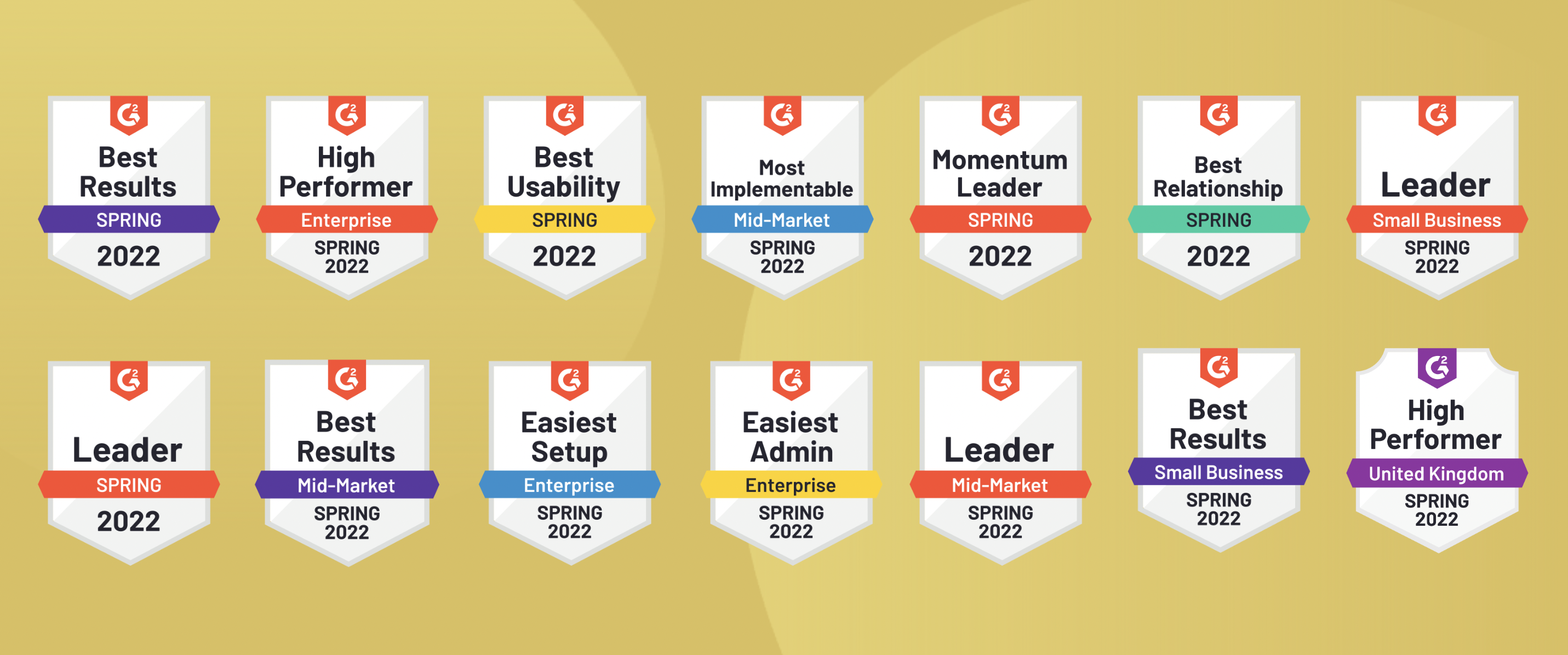Digital Asset Management (DAM) Manager Job Description


In our last post we outlined the circumstances when you might need a DAM Manager to take charge of your DAM. Most of our Image Relay clients have people who function as DAM managers, although they are rarely full-time jobs. While some large organizations (think multinational businesses like Coca-Cola or Amazon) do have a full-time manager or librarian (or a team), we find that most of our clients do not have that need. We also make Image Relay as intuitive as possible so there are not many hurdles to get it up and running smoothly and keeping it that way.
Having someone spend 10-50% of their job on the task can make a huge difference in the functionality of your digital asset management system. It can be the difference between a piece of software that sits unused, and one that is fully integrated into your organization's daily business. When a DAM is functioning as it should, it can be a major time and money saver, and transform your content operations.
Who is the DAM Manager?
Many of the DAM managers that Image Relay works with sit in their organization’s marketing department. Marketing departments frequently serve as the hub for photos, videos, and other promotional materials, so it makes sense that they manage the DAM. From the marketing department, these managers are able to work directly with photographers to get photoshoots loaded directly into the DAM and categorized correctly. They can also train users from other departments to self-serve and find the content they need.
While most DAM Managers work in marketing, other organizations run their DAM from sales, IT, information services, or design. At some organizations there is more than one DAM Manager and the tasks are split between several people. Having several people manage the DAM can make doing the tasks listed below more manageable and allow people to specialize in different areas of DAM management.
Many of the managers that we have worked with have not had previous experiences managing Digital Asset Management systems, but most have some technological savvy and a willingness to learn. A focus on organization can also be helpful as one of the main roles of the DAM manager will be making sure files are in the right place and the proper metadata is applied. DAM managers must also have strong communication skills as they will need them to teach others about the DAM. Being able to speak eloquently about the DAM and its usefulness will go a long way in helping user adoption and usefulness.
In the rest of this post, we will outline what the role of a DAM manager is, and what a general DAM manager job description can be.
Implementation
The DAM manager works closely with the DAM vendor on implementation. How much work the DAM vendor does and how much the manager does may depend on what kind of implementation services are offered or included with the purchase. As part of the implementation the manager will:
• Serve as the point person to work with the DAM vendor
• Set goals and deadlines
• Help to organize the DAM through metadata creation and file organization
• Help with uploading of assets to the DAM
The manager will also identify pain points within the organization and seek to improve them through use of digital asset management. This might mean helping people gather all assets to centralize in the DAM, or showing users better ways to share a group of files. The manager works closely with the users to make sure that the DAM is meeting their needs.
Implementation generally takes anywhere from one month to three months, depending on how much time the DAM manager can devote to the project and how many assets the organization has.
Inviting and Managing Users
Once the DAM has been set up, it will be the manager’s job to make sure that everyone who needs a login to the system has one. This work may include:
• Inviting users manually
• Inviting users in bulk
• Work with IT and the DAM vendor to set up Single-Sign-On (SSO)
• Approving users who request access to the DAM
• Cleaning out user base and sunsetting old users
Inviting, approving, and managing users is an ongoing task that may need to be managed weekly or even daily depending on the size of the organization. Cleaning out old users is a task that can be performed on an annual basis.
User Adoption and Training
Once users have been invited to the DAM or signed up for an account, the Manager will need to ensure that everyone knows how to use it. The DAM provider should provide training, but the manager will need to make sure that everyone is aware of the training opportunities and other resources. This can include:
• Spreading the word through email, intranet, flyers, and lunch-and -learns
• Organizing trainings with the DAM Vendor
• Responding to user questions and requests related to DAM content and search
• Pointing users towards the DAM vendor knowledge base
Training is an ongoing project as new users or people in new roles will always need to learn about the DAM.
Managing Permissions
One of the main features of digital asset management is being able to have different people see different assets. During the implementation, the manager will work to set up permissions surrounding who can search, download, upload, edit files, and more. They will also be responsible for:
• Making sure new users have the appropriate permission as they are granted access
• Ensuring that permissions are correct when the DAM vendor launches new features
• Making sure any new folders that are create have the correct permission settings
It is useful to check the permissions at least once a month to make sure that all settings are appropriate. If you have any secure material or product launches that your organization wants to keep quiet, this is particularly important.
Managing Uploads
Getting files into the system will always be partially or solely the responsibility of the DAM manager. If the DAM manager is doing all of the uploads, they will be responsible for making sure everything that photographers, creatives or other departments produce gets into the system. This means:
• Uploading content from hard drive or shared drive to the DAM
• Sending upload links to content creators to upload directly to the DAM
• Ensuring that files end up in appropriate folders
• Ensuring that appropriate metadata is applied
• Ensuring that the proper file naming convention is used
If there are multiple admins uploading to the system, the DAM manager will need to manage these people. This means:
• Making sure they understand the upload process
• Show uploads where files need to end up
• Teach proper file naming conventions
• Teach proper metadata application
In some circumstances, the manger will create an “ingest folder” for all new assets to be uploaded to. Once the assets are in the ingest folder, the manager will move them to their final locations and add metadata.
Uploading to the DAM is an ongoing process and typically happens on a daily or weekly basis depending on the size of the organization.
Managing Metadata
Different DAMs have different ways of handling metadata, whether it’s through templates, schemas, tags, or keywords. During your implementation, you will work to create a standard for your metadata, but that doesn't mean you get to forget about it. Tasks that you will need to do include:
• Adding new relevant terms to your tags or keywords such as new people, products, or places
• Removing old, irrelevant, or unused terms
• Make sure the metadata is being applied properly to files
You will probably want to audit your metadata quarterly in order to make sure it is up-to-date and being used correctly.
Working with Photographers, Agencies and other Creatives
One of the roles of the DAM manager will be to work with the many photographers, designers, and creators who produce content for the organization. In this role the manger will:
• Work with creatives upload content into the DAM
• Set the proper copyright metadata for outside contributors
• Make sure the content is findable for other at the organization to use
This is an ongoing process depending on how much the organization works with outside contributors.
Reporting
Being able to report on what your most popular assets are, who has been logging in and out, what has been shared the most, and other metrics can help your business make strategic decisions. The DAM Manger is in charge of checking the numbers and reporting them out to the team. Some of the most popular metrics include:
• Compiling number of downloads to show most popular assets
• Reporting on new users and power users
• Top video views
• Most shared assets
Reporting may need to be done on a weekly or monthly basis depending on the needs of your organization.
Content Audit
Over the period of time you have your DAM, it will get full of many photos, videos, branding materials, PDFs, and more. While some of that content will stand the test of time, you may want to clear some of the less useful assets out. This will help reduce your storage amount, and also make search results more useful. In order to perform a content audit, you will:
• Go through each folder in the library
• Mark in a spreadsheet which folders have useful content and which do not
• Remove unused or old assets from library (either delete permanently or store on a hard drive)
• If necessary, reorganize folders to a structure that is more clear
A content audit is something that really only needs to be done once a year. It is a project that can take some time but can be worth it to keep a clean and manageable DAM.
Ongoing Improvement
When you launch a new system at work, it can take time for it to become fully integrated users daily workflow. It may also need to be changed to better suit the needs of the users. Post-implementation, the manager will work to make sure that people are getting the most out of the DAM and that it is functioning correctly. The manager might:
• Survey users annually to see what they like/dislike about the DAM (make sure the surveys are anonymous so people feel comfortable sharing)
• Have face-to-face discussions with users are the DAM and their needs
• Make updates and changes on the DAM based on feedback
Managers should look to get feedback about 3 months after the launch of the DAM. After that, they will want to gather feedback on a yearly basis.
Conclusion
While this may look like many tasks, they can indeed be handled by one person who dedicates a percentage of their time to the DAM. And each organization’s needs will vary greatly, depending on size, amount of assets uploaded, and number of users.
But as the amount of digital content grows, the need for someone to spend time managing the DAM becomes increasingly important. In order to meet all of the most important DAM Goals, centralization, reuse, sharing, self-service, and findability, a DAM manager becomes a crucial player.
Photo by Glenn Carstens-Peters on Unsplash



